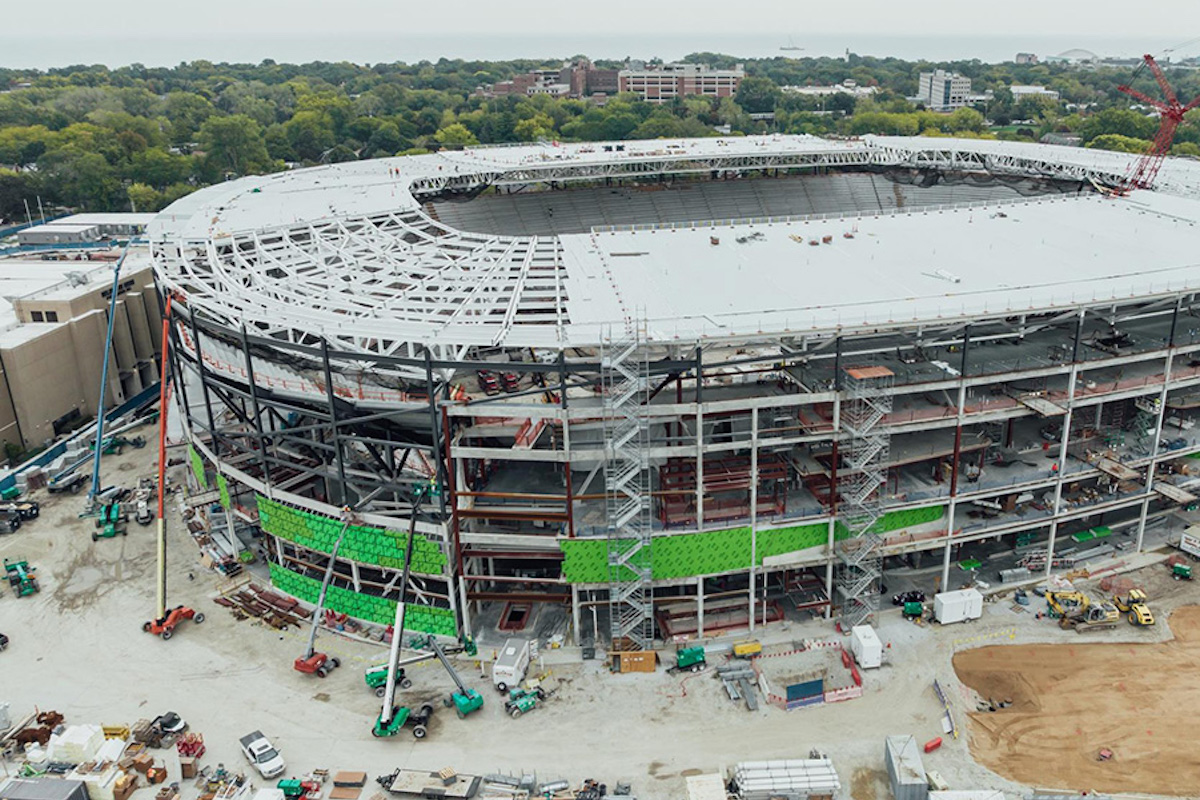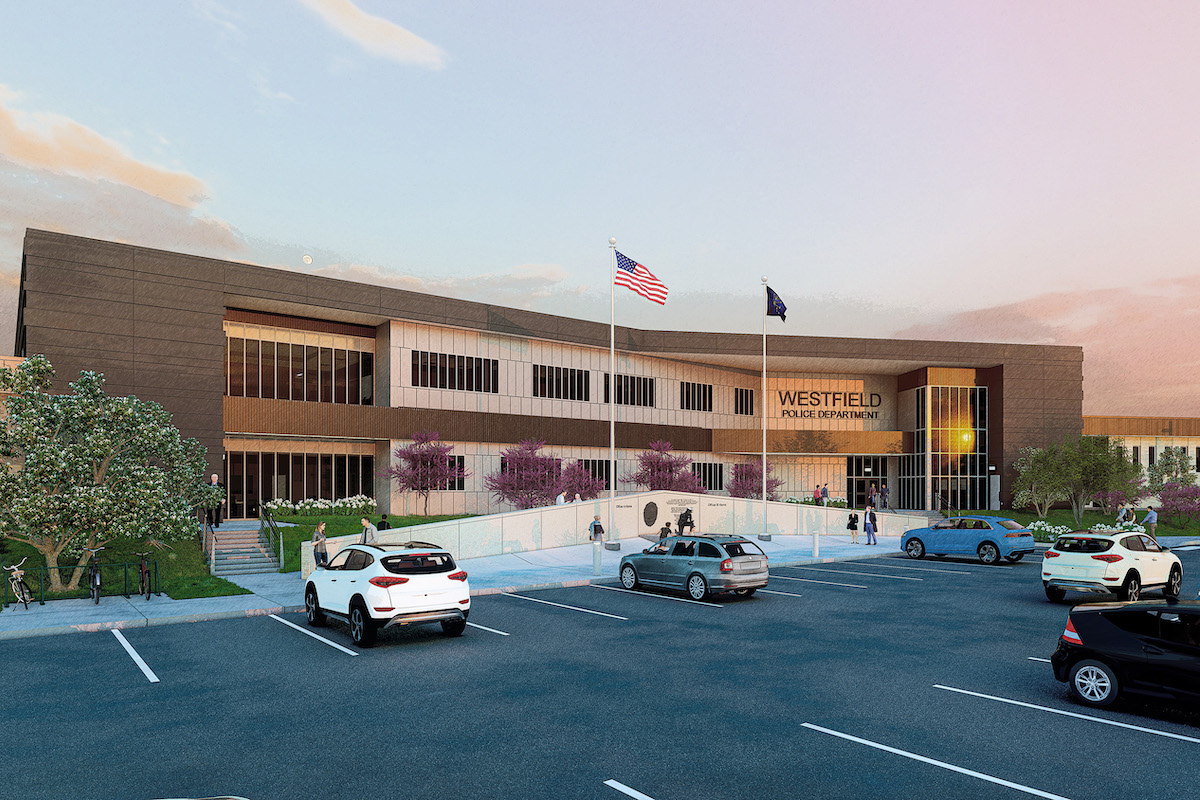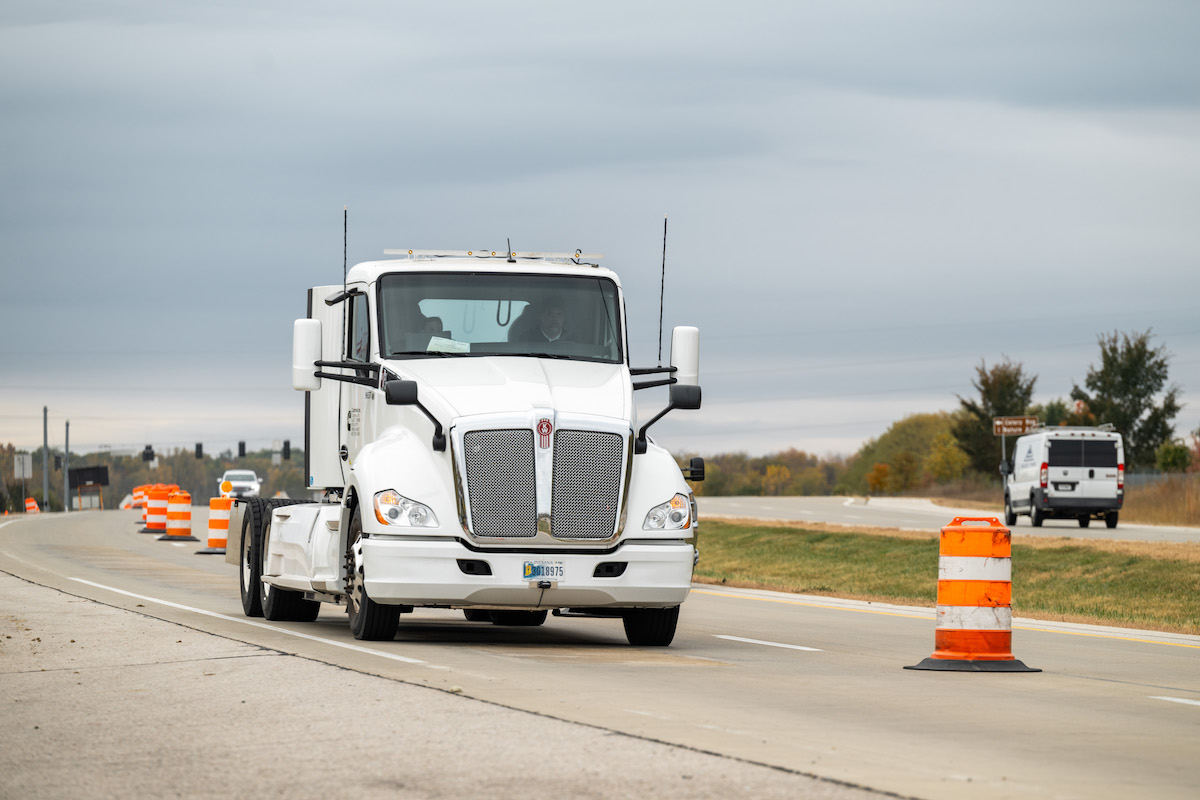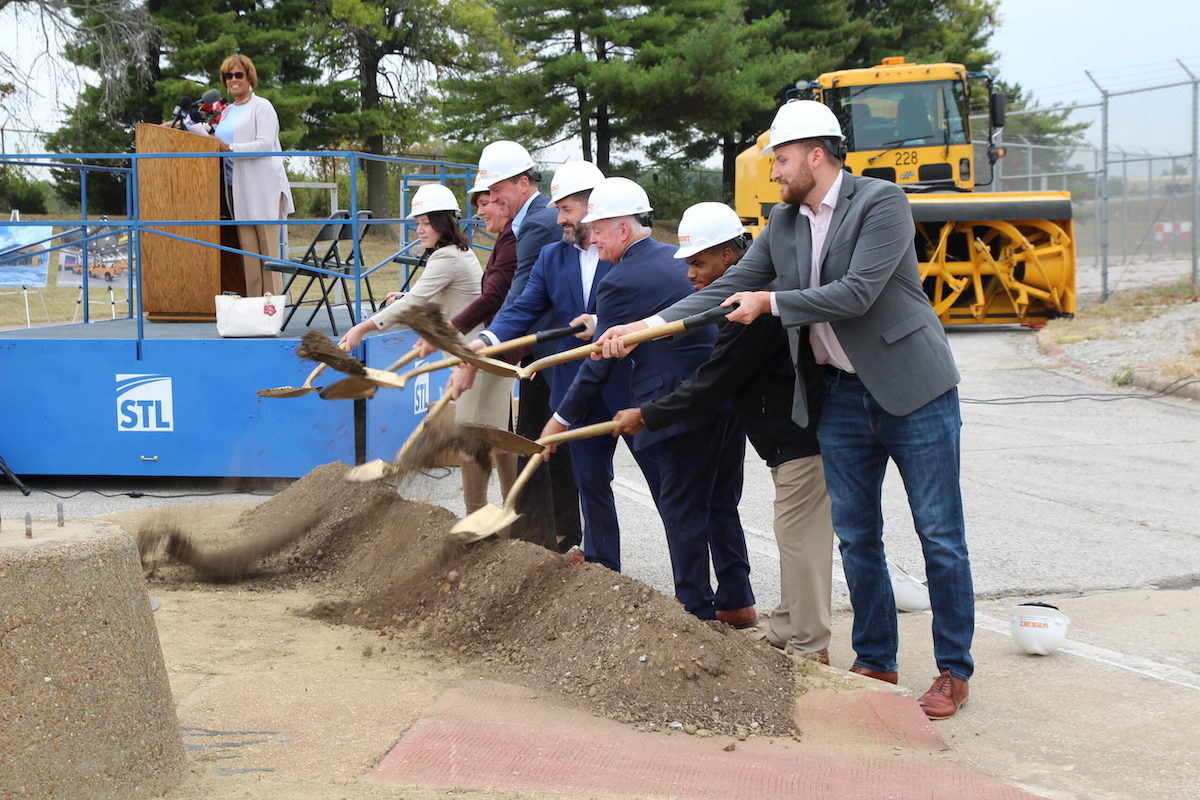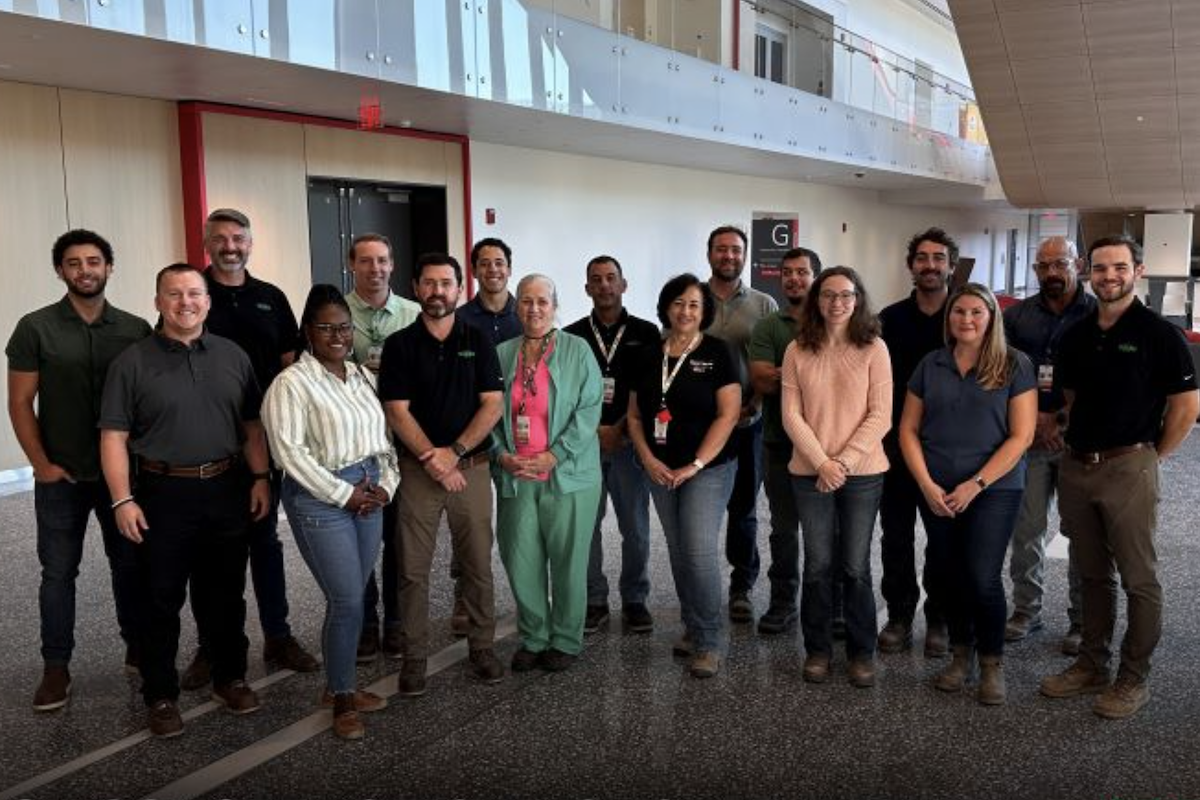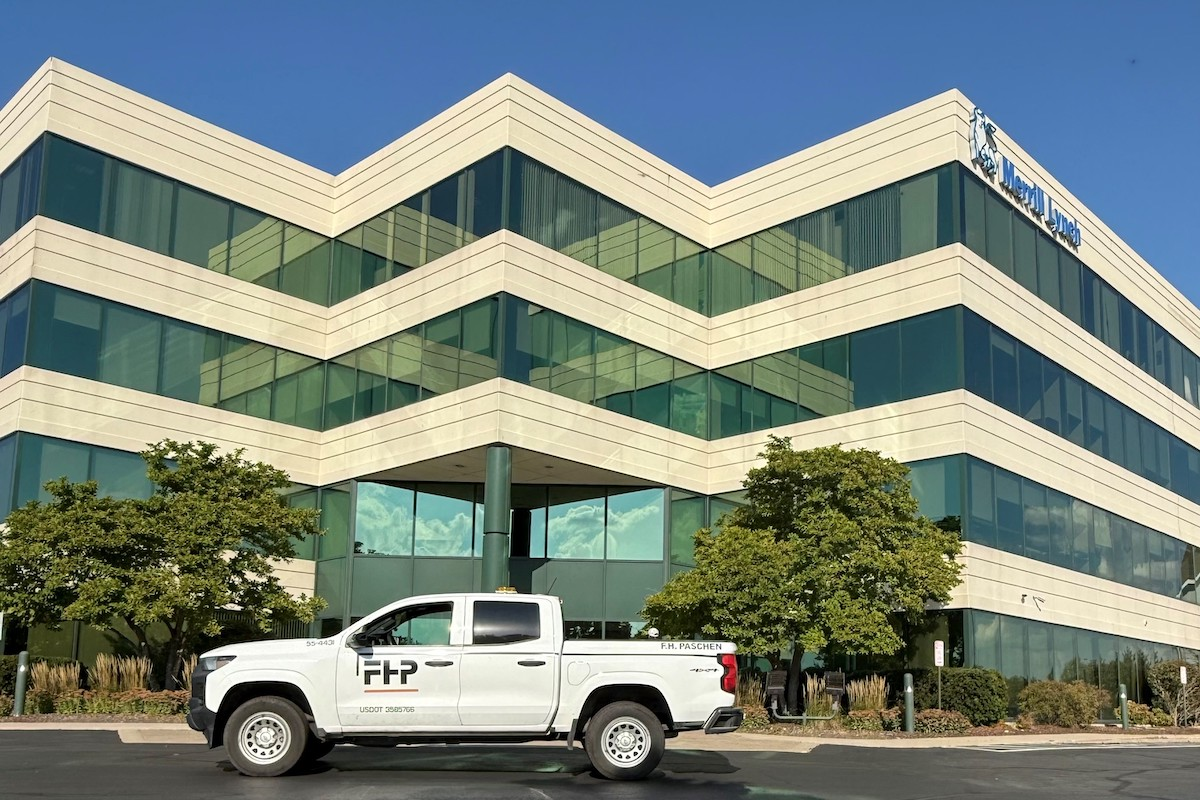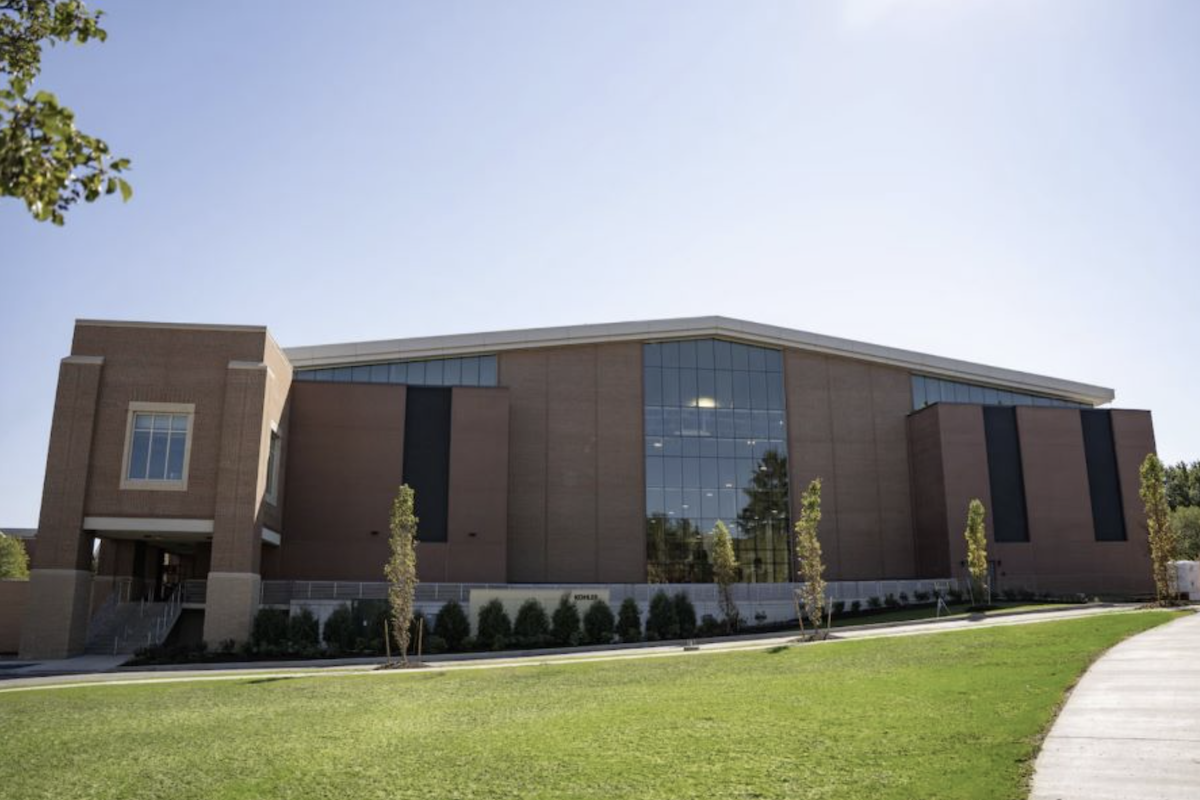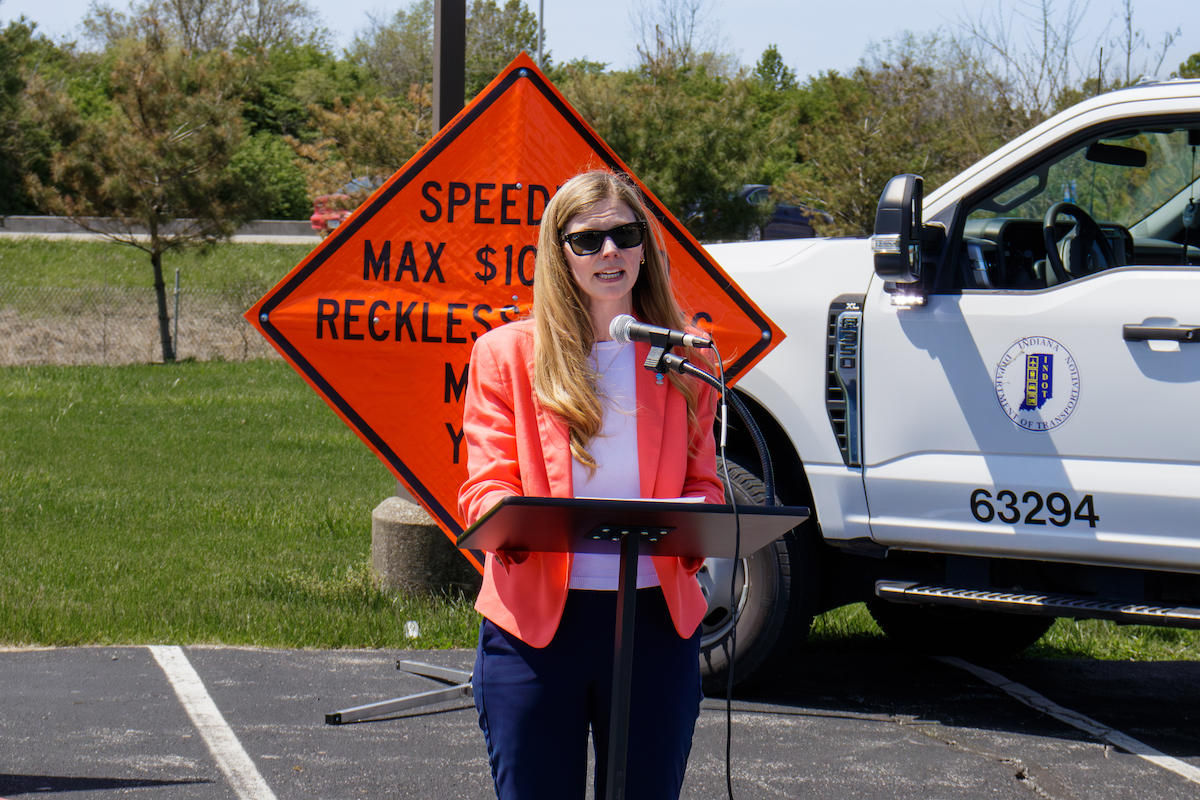The committee representing more than 2,700 civil engineers across Illinois collected and analyzed data and based its grades on eight criteria, including condition, funding, public safety, and resilience. As a major hub for the nation’s infrastructure, Illinois has taken considerable steps to improving its transportation and infrastructure networks and several major categories showed improvements — notably transit and roads.
The state has continued to prioritize critical investments for the sectors that move goods and services: Aviation (C+), Inland Waterways (D), Ports (C-), and Rail (C+). All these categories were able to maintain and, in some cases, improve their grades since 2018.
Illinois’ communities and water agencies are making progress, but the state continues to have one of the largest shares of lead service pipelines in the nation, impacting residents who rely on these systems for clean drinking water. While efforts from Congress and the Illinois EPA are addressing these service lines to protect residents, grant programs must be accelerated to improve conditions at a faster pace.
Illinois’ aging drinking water infrastructure is leading to leaking pipelines, costing taxpayers money and critical resources. Additional funding is also needed for aging stormwater infrastructure that must keep up with increasing rainfall trends from climate change.

| Your local Leica Geosystems Inc dealer |
|---|
| Laser Specialist inc |
Transit and roads both receiving a “D+” were able to show notable increases. These systems have stabilized and begun to improve thanks in large part to Rebuild Illinois, despite most of the funding not taking effect yet. The percentage of state-maintained highways in excellent condition grew 5.2 percent in 2020 when compared to 2019. In 2021, the state raised its gas tax to 39.2 cents per gallon and its diesel tax to 46.7 cents per gallon, which will contribute to future growth.
Through the federal bill and Rebuild Illinois, operating budgets for transit systems are also expanding. 101 out of Illinois’ 102 counties offer transit service, and 57 public transit operators and providers supported an estimated 600 million trips in 2019, the second largest public transportation system in the U.S.
The report also includes calls to action to raise the grades, including the recommendation for increased focus on workforce development, the lead service line problem, aging stormwater infrastructure, and continued investments in Illinois’ multimodal freight network to accelerate progress across the rail, ports, inland waterways, and roadway network.
















